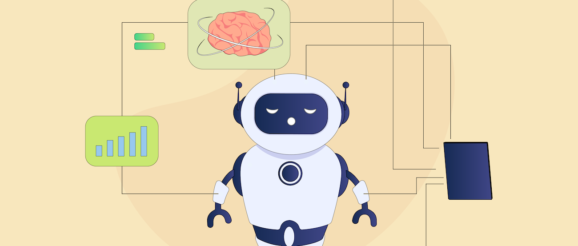Responsible AI: Balancing Innovation with Ethics — Greenbook

Discover the world of Artificial Intelligence and unravel the confusion of basic concepts. Explore distinctions between pattern detection and generative AI.
I would not use the terms confabulate or hallucinate for machines. These concepts are related to consciousness; precisely, the human memory error that may lead to errors or distorted memories. AI generates text based on information received in its training data.
Biases and incoherent content are likely to be present in LLM-generated responses because the models learn from biased data on the internet. There are some efforts to mitigate this by filtering the training data and removing the inappropriate or offensive content, but biases can persist.
Hundreds of plugins have been developed for ChatGPT and similar tools. How do they enhance their capabilities? Does using them also entail risk?
As I’ve mentioned, general LLM or ChatGPT-type models are trained on data available on the internet, some of which may be inaccurate or otherwise problematic. So, the output could contain errors and sometimes the AI may struggle to understand the context and maintain contextual information over longer conversations.
But when we use LLM for specific applications such as chatbots for financial institutions, it would be possible to tune the model for targeted audiences and use specific domain-based training data. This would result in better and more accurate responses when interacting with users.
What potential dangers to individuals, communities and society does AI in general pose?
Several AI technologies are now publicly available, but the danger is in how we would use them as individuals, communities, and society at large. For instance, AI generated content such as text, images, audio, and video can be used for fraudulent or malicious purposes.
AI-powered surveillance systems can infringe upon individuals’ privacy rights and be used for unethical or authoritarian purposes. Biased AI systems, for example, errors in facial recognition systems, can perpetuate discrimination in areas like law enforcement.
Additionally, massive automation would lead to job displacement in many industries, potentially causing economic and social disruption. For example, AI can write code like a junior programmer. But if companies don’t hire junior programmers and never give them opportunities to work on complex problems, in five or ten years there will be a lack of senior programmers and program managers who can handle complicated problems. So, we need to be very careful in workforce development programs and consider the long-term consequences.
How can we make certain AI benefits individuals, communities, and society? How should we use the technology to minimize the potential of AI to cause harm?
Something important to consider is distinguishing between human work and the output of machines. If we are not careful from the beginning about the AI implementation process, we will not have control over the output of machines or be able to distinguish it from human work. For instance, we should know if an artwork is a result of human thought process or if it had been created by a machine that combines patterns.
